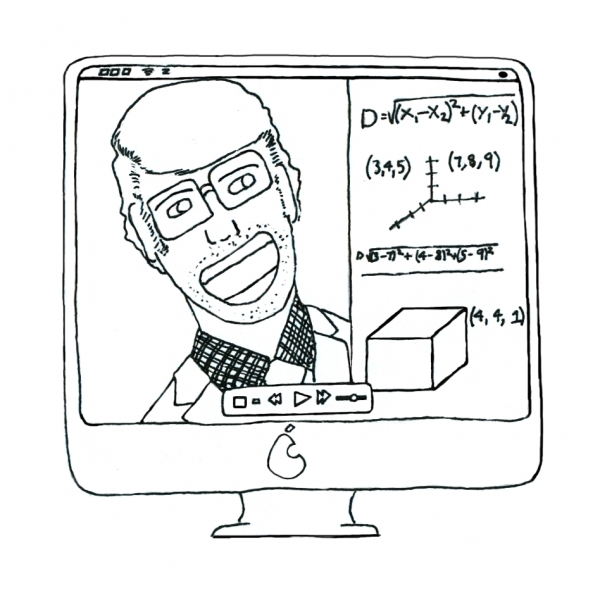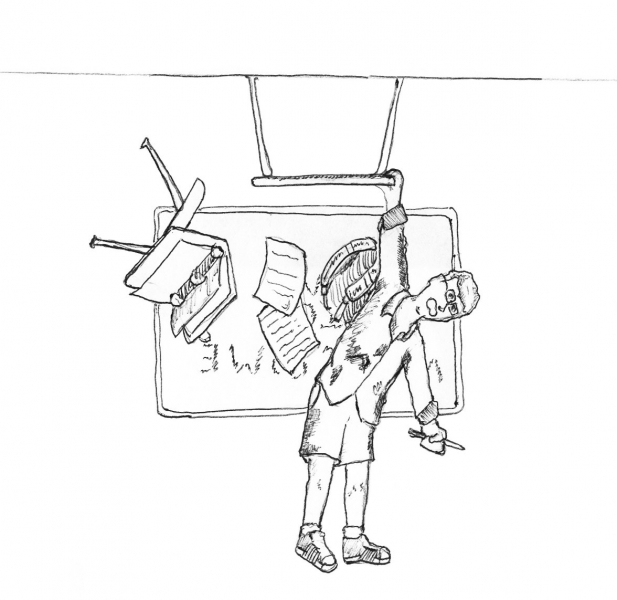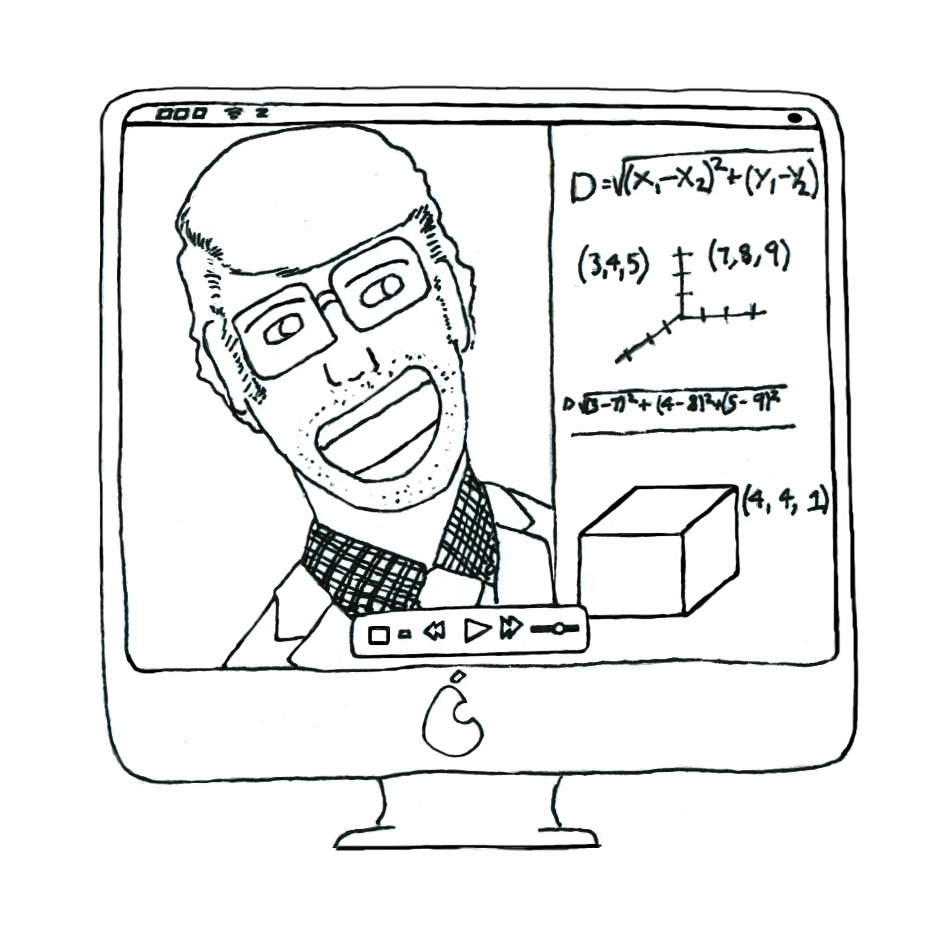A new teaching technique has been implemented for the 2013-14 school year, where teaching is done through videos and work is done in class.


By MARIA VELASQUEZ-Viewpoints WriterThe flipped classroom is a great way for students to learn no matter their level of understanding of the material. There is not a “one-size fits all” in education, but this gives students a way to learn at their own pace and apply what they learned in an atmosphere of full support.In advanced placement classes a hybrid model of the flipped classroom is used. In a pure flipped classroom the students watch the lectures for homework and apply what they know at school with the support of their peers and teacher.At the beginning of class the students have the opportunity to ask pointed questions about the lecture. Students then move to a small group setting to apply what they have learned. Sharing their understanding of the material to another student helps them deepen their understanding, and studies show they remember more of the material for a longer period of time.
A Google Drive folder is shared with my AP physics class where they can find powerpoint notes, related teaching videos, and full solutions to problems that were assigned.
Students have a foundation to build on when they enter the class. This causes the lectures to go faster and deeper, leaving more time for application in class with support. Certain problems are recorded that are difficult to understand, even with a key.
The opportunity is given to digest the problem at their own speed by pausing or watching the video over again. This also frees students that grasp the concept sooner to not have to hear it repeated times.
Being absent is not as much of a problem as students also have a chance to catch up, to some degree, as opposed to feeling left behind and needing to stay after school for an extended period of time catch up.
Students seem to really benefit from working problems in peer groups and sharing what they have learned with each other.
Since class time is a precious commodity, this allows teachers an opportunity to maximize it. This model may not be for everybody, but it definitely is a tool worth considering.
By WILLIAM SWAIN-Guest Writer
The flipped classroom is a great way for students to learn no matter their level of understanding of the material. There is not a “one-size fits all” in education, but this gives students a way to learn at their own pace and apply what they learned in an atmosphere of full support.
In advanced placement classes a hybrid model of the flipped classroom is used. In a pure flipped classroom the students watch the lectures for homework and apply what they know at school with the support of their peers and teacher.
At the beginning of class the students have the opportunity to ask pointed questions about the lecture. Students then move to a small group setting to apply what they have learned. Sharing their understanding of the material to another student helps them deepen their understanding, and studies show they remember more of the material for a longer period of time.
A Google Drive folder is shared with my AP physics class where they can find powerpoint notes, related teaching videos, and full solutions to problems that were assigned.
Students have a foundation to build on when they enter the class. This causes the lectures to go faster and deeper, leaving more time for application in class with support. Certain problems are recorded that are difficult to understand, even with a key.
The opportunity is given to digest the problem at their own speed by pausing or watching the video over again. This also frees students that grasp the concept sooner to not have to hear it repeated times.
Being absent is not as much of a problem as students also have a chance to catch up, to some degree, as opposed to feeling left behind and needing to stay after school for an extended period of time catch up.
Students seem to really benefit from working problems in peer groups and sharing what they have learned with each other.
Since class time is a precious commodity, this allows teachers an opportunity to maximize it. This model may not be for everybody, but it definitely is a tool worth considering.
